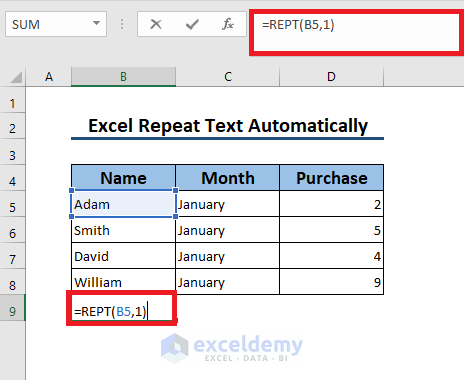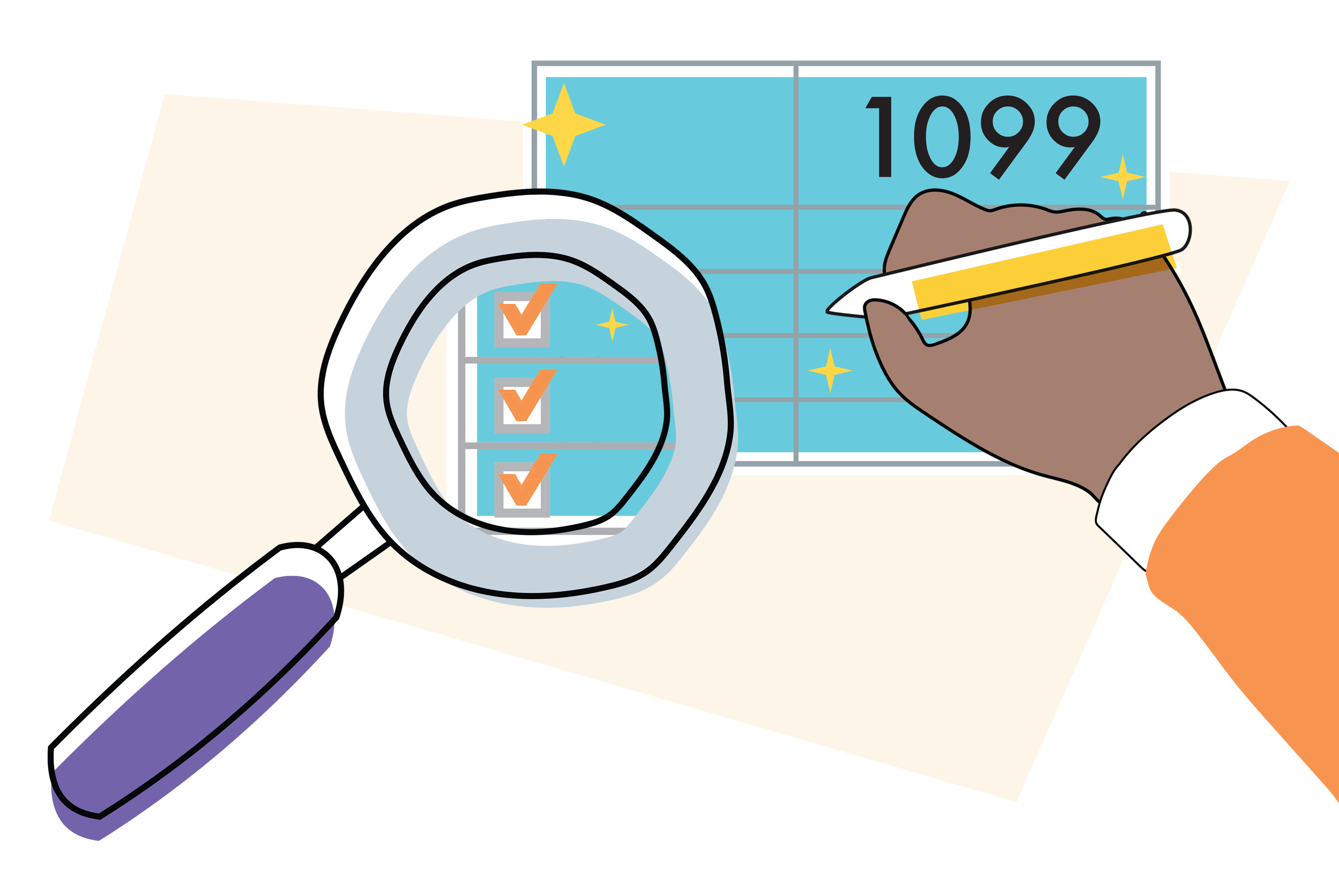3 Simple Ways to Change Excel Sheet Color
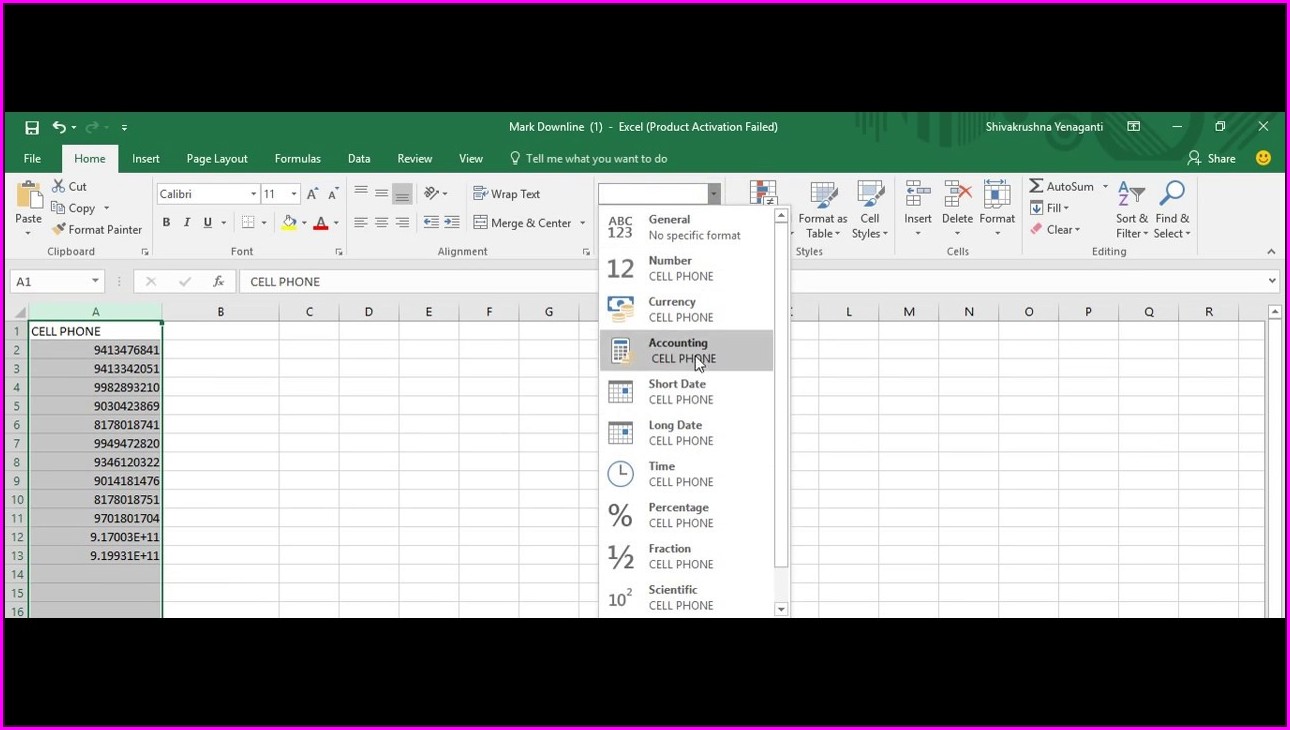
Microsoft Excel is a powerful tool that offers extensive formatting options, one of which includes changing the color of worksheet tabs. While this might seem like a minor feature, it significantly enhances the user experience by allowing for better organization and quick identification of different sheets within a workbook. Here's how you can change the Excel sheet color using three simple methods:
Method 1: Changing Sheet Color via Right-Click
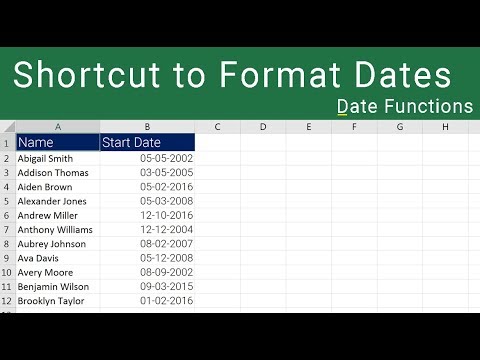
The quickest way to change the color of a sheet tab is through a simple right-click:
- Open your Excel workbook and locate the tab you wish to color.
- Right-click on the tab to bring up the context menu.
- From the list of options, hover over "Tab Color."
- Select a color from the palette that appears. Excel provides a range of preset colors, and you can also access the "More Colors…" option for more choices.
💡 Note: Remember that the colors you choose can impact how easily others can find specific sheets, so choose wisely.
Method 2: Using the "Format" Option
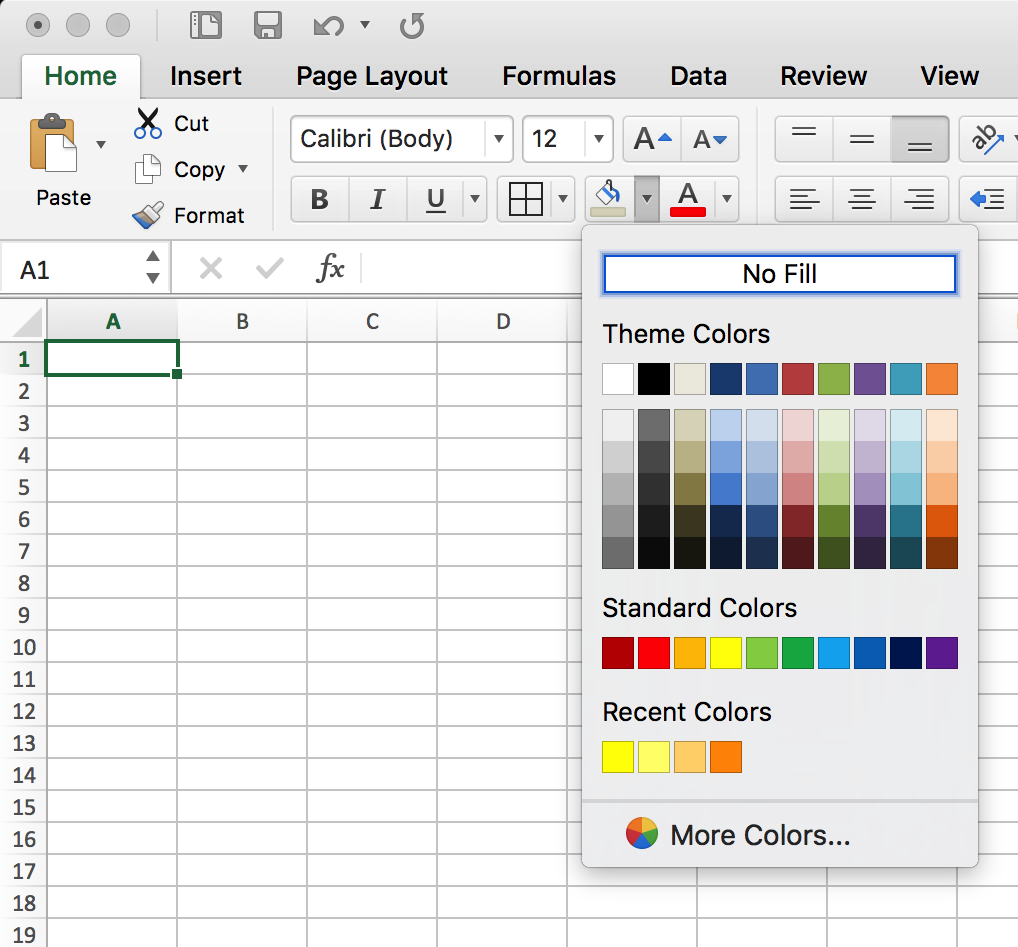
If you prefer a more structured approach or need to adjust additional settings, follow these steps:
- Right-click on the sheet tab you want to color, but instead of selecting "Tab Color," choose "Format."
- In the Format dialog box, under the tab marked "Tab," you'll find the "Color" option.
- Select your desired color from the provided palette or customize it using the "More Colors" feature.
- Click "OK" to apply the changes.
Method 3: VBA for Advanced Users
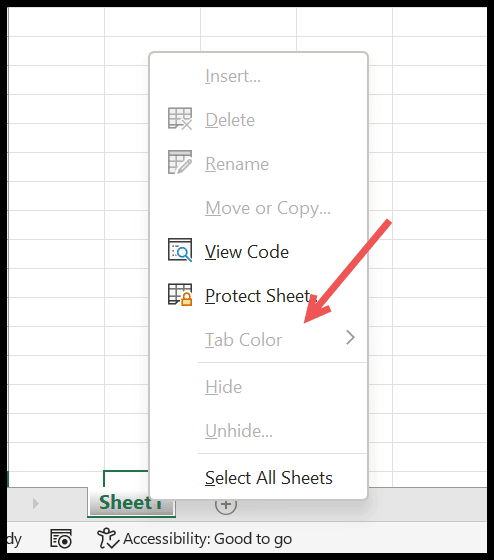
For those who are comfortable with VBA, here's how you can automate the process:
- Press Alt + F11 to open the Visual Basic for Applications (VBA) Editor.
- Insert a new module by going to Insert > Module.
- Paste the following VBA code:
Sub ChangeSheetTabColor()
With ActiveWorkbook
.Worksheets("Sheet1").Tab.Color = RGB(255, 0, 0) 'Red color for Sheet1
.Worksheets("Sheet2").Tab.Color = RGB(0, 255, 0) 'Green color for Sheet2
End With
End Sub
- Adjust the sheet names and color values to suit your needs.
- Run the macro by pressing F5 or by assigning it to a button or shortcut.
🚀 Note: Automating color changes with VBA can save time if you frequently change sheet colors, especially in large workbooks.
These simple methods for changing Excel sheet color not only improve the visual appeal of your workbook but also make navigation easier. Whether you choose a straightforward right-click, a more detailed "Format" option, or the efficiency of VBA, you can tailor your Excel environment to be more intuitive and productive. Remember, organizing your workbook with colors is an essential step in maximizing the benefits of Excel’s powerful features.
Why would I change Excel sheet color?
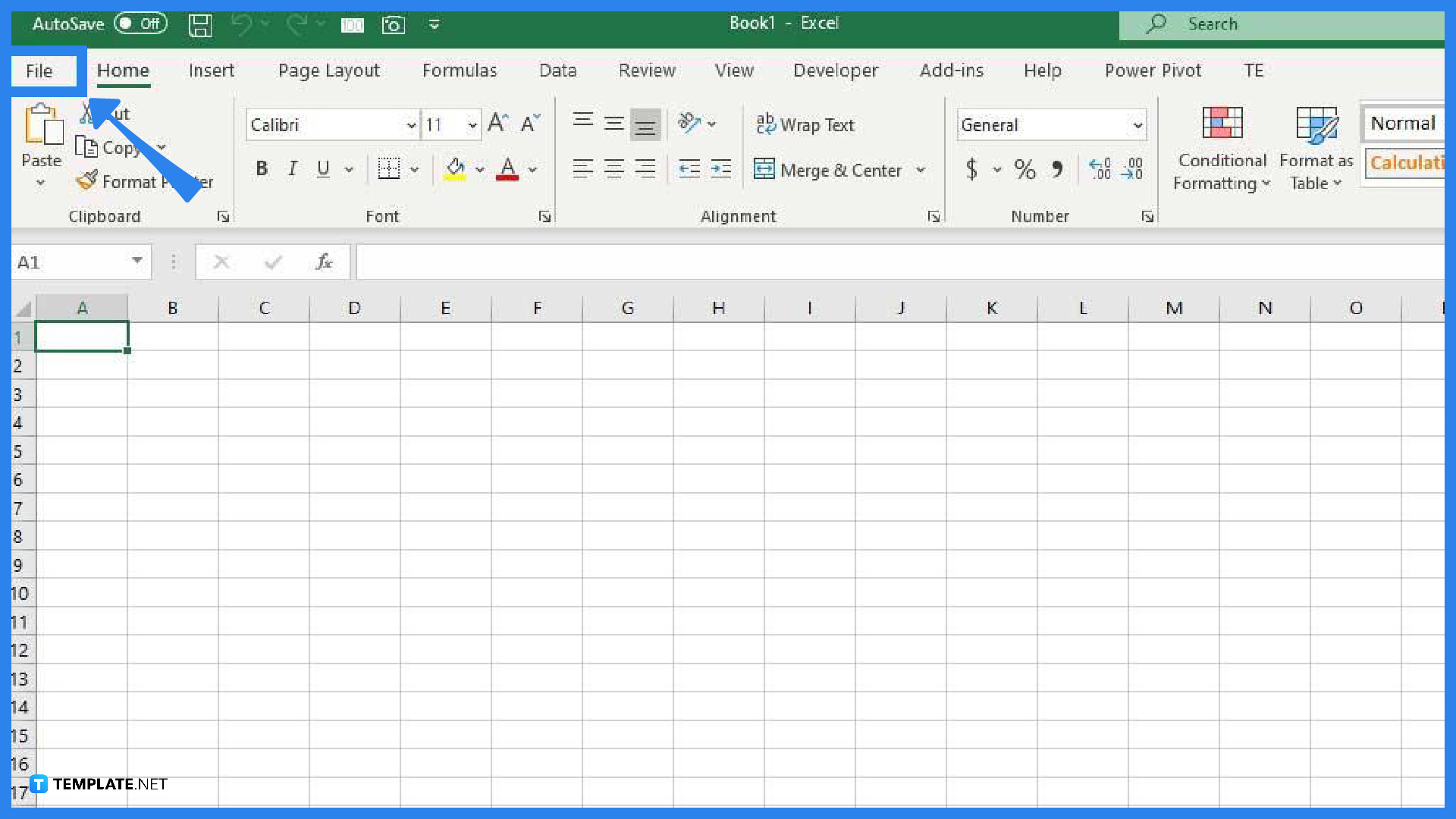
+
Changing the color of Excel sheet tabs helps in organizing your workbook by visually distinguishing between different sheets. This can save time when navigating through a workbook with many sheets.
Can I use custom colors for my sheet tabs?
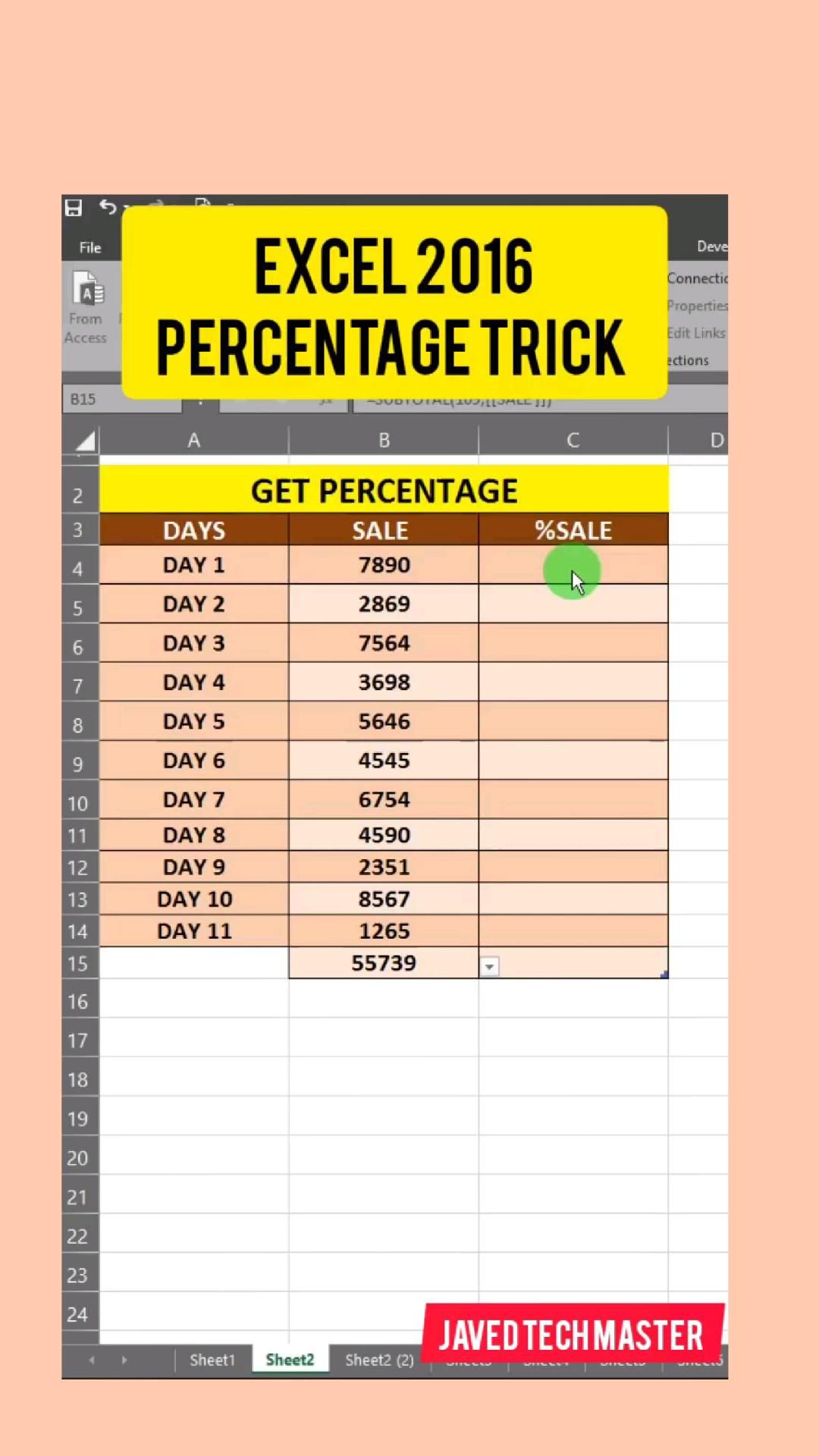
+
Yes, both through the “Tab Color” option and the “More Colors…” in the Format dialog, you can select or create custom colors for your sheet tabs.
Will changing the sheet tab color affect my data?
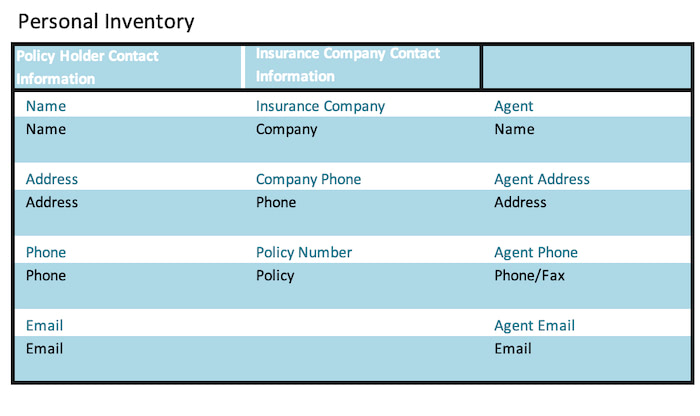
+
No, changing the tab color does not alter the content or data within the sheet; it only changes how the tab appears visually.
Can I change multiple sheet tabs at once?
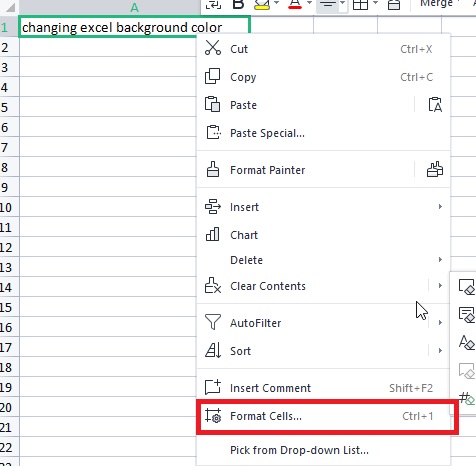
+
You can change multiple sheet tabs simultaneously using VBA. However, through the Excel UI, you’d need to change each tab individually.
